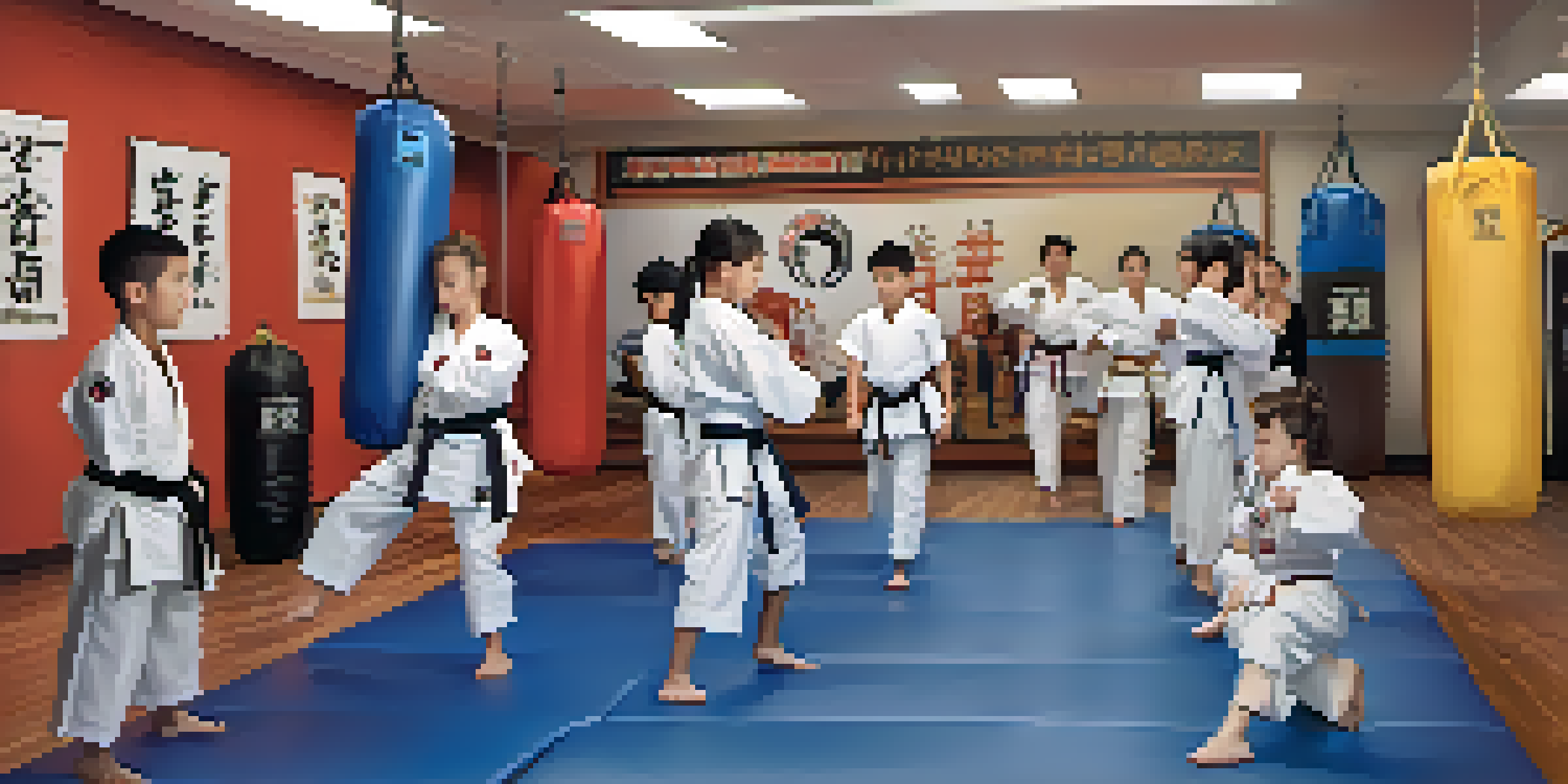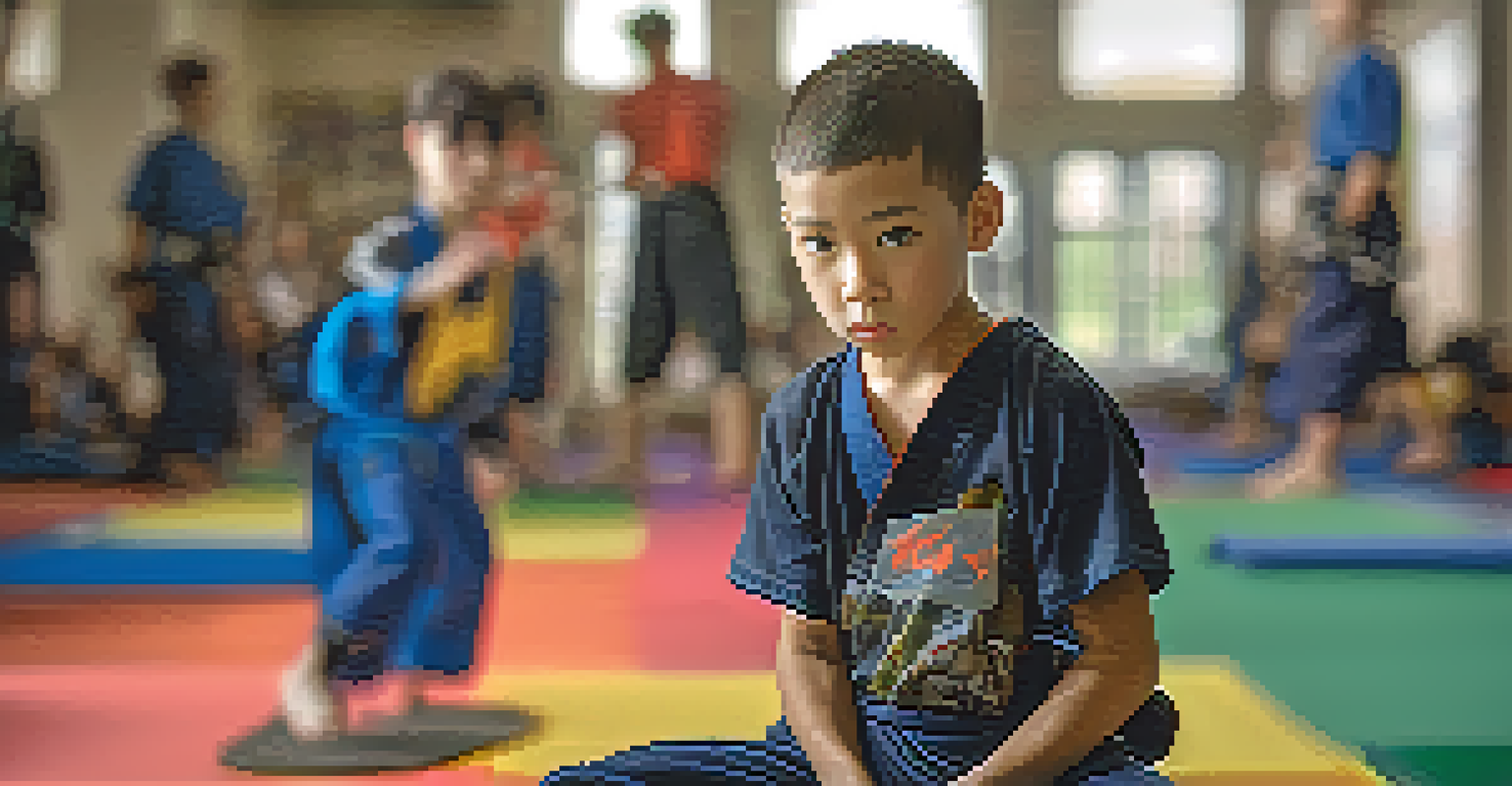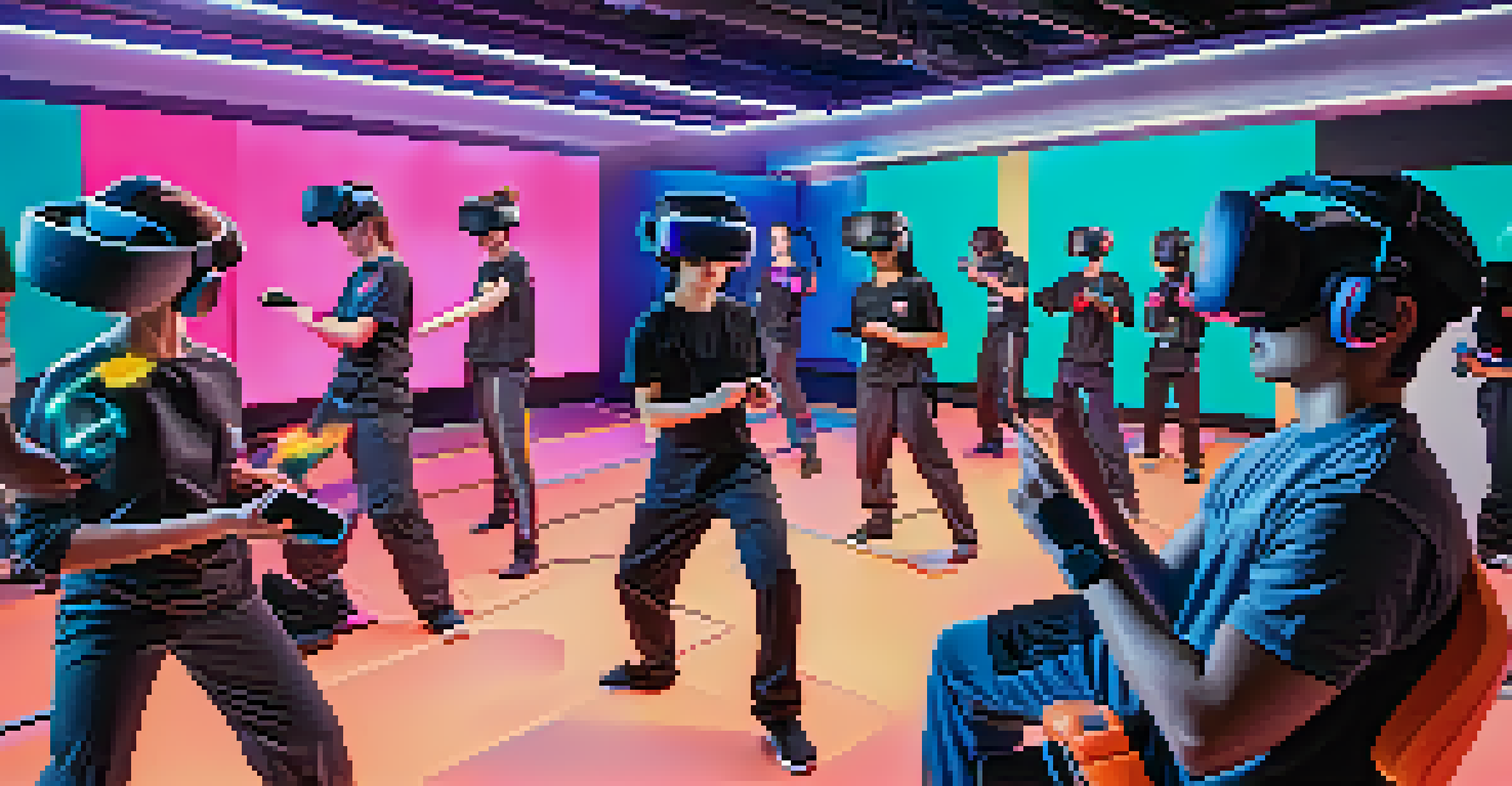Adaptive Equipment for Martial Arts Training

Understanding Adaptive Equipment in Martial Arts
Adaptive equipment refers to tools and devices designed to assist individuals with disabilities or special needs in participating in various activities. In martial arts, this equipment plays a crucial role in making training accessible, allowing everyone to experience the benefits of this empowering discipline. From specialized mats to modified training gear, adaptive equipment is tailored to enhance safety and effectiveness during practice.
The strength of the team is each individual member. The strength of each member is the team.
For instance, martial arts schools may use modified punching bags that provide sensory feedback for visually impaired students, allowing them to develop their skills in a supportive environment. Such adaptations not only foster inclusivity but also empower practitioners by giving them the tools they need to succeed. Understanding the importance of this equipment is the first step toward creating welcoming training spaces.
Moreover, the use of adaptive equipment can break down barriers, encouraging more people to explore martial arts. By integrating these tools, instructors can ensure that students of all abilities can participate and thrive, promoting a culture of acceptance and support within the martial arts community.
Types of Adaptive Equipment for Martial Arts
There are various types of adaptive equipment available for martial arts training, each serving a unique purpose. For example, padded mats are essential for providing a safe landing surface for students with mobility challenges, reducing the risk of injury during practice. Additionally, specially designed uniforms can accommodate different body types and needs, ensuring comfort and ease of movement.

Another example is the use of hand grips or modified training weapons, which can help individuals with limited hand strength or dexterity engage in techniques effectively. These adaptations not only make training safer but also enhance the overall experience for students. The diversity of available equipment highlights the importance of customization in martial arts training.
Adaptive Equipment Promotes Inclusivity
Adaptive equipment in martial arts makes training accessible for individuals with disabilities, fostering a culture of acceptance.
Furthermore, technology has introduced innovative solutions, such as virtual reality training programs that allow people to practice at their own pace. This blend of traditional martial arts with modern technology caters to various learning styles and abilities, fostering a more inclusive environment for everyone.
Benefits of Using Adaptive Equipment
Using adaptive equipment in martial arts training offers numerous benefits, both physical and psychological. For starters, it enhances safety by reducing the risk of injury, which is particularly important for students with specific needs. This focus on safety creates a more inviting atmosphere, encouraging participants to engage without fear.
Inclusion is not a matter of political correctness. It is the key to growth.
Moreover, adaptive equipment can boost confidence and self-esteem among practitioners. When individuals feel equipped to succeed in their training, they are more likely to push their limits and strive for personal growth. This sense of achievement can be incredibly motivating, inspiring students to continue their martial arts journey.
Additionally, the use of adaptive equipment fosters a sense of community within martial arts schools. As students train together, they learn to support and encourage one another, building strong bonds that transcend physical abilities. This camaraderie reinforces the idea that martial arts is for everyone, regardless of their unique challenges.
Integrating Adaptive Equipment into Training Programs
Integrating adaptive equipment into martial arts training programs requires thoughtful planning and collaboration. Instructors should assess the needs of their students and identify which adaptive tools will best support their development. By involving students in this process, instructors can ensure that the equipment meets their specific needs and preferences.
Training staff on the proper use of adaptive equipment is also crucial. Instructors should be well-versed in how to implement these tools effectively and safely during classes. Ongoing education and training will empower instructors to create an inclusive environment where everyone feels supported and valued.
Variety of Equipment Enhances Safety
Different types of adaptive equipment, like padded mats and modified training gear, reduce injury risks and improve the training experience.
Moreover, fostering open communication with students and their families can help identify additional needs and preferences. By encouraging feedback, instructors can continually refine their programs, ensuring that the martial arts experience remains accessible, enjoyable, and growth-oriented for all participants.
Success Stories: Adaptive Equipment in Action
Real-life success stories illustrate the profound impact of adaptive equipment in martial arts training. For instance, a young student with cerebral palsy found newfound confidence and strength through the use of specialized training gear. With the right adaptive equipment, they were able to participate fully in classes, experiencing the joy of martial arts and forming lasting friendships.
Another inspiring story involves a martial artist who uses a wheelchair, demonstrating that adaptive equipment can facilitate participation at all levels. With modified techniques and supportive training tools, they not only excel in their practice but also serve as a role model for others facing similar challenges. These stories highlight the transformative power of adaptive equipment in the martial arts community.
These examples emphasize that adaptive equipment is not just about physical tools; it's about creating opportunities for growth, empowerment, and connection. As more practitioners share their journeys, they inspire others to embrace martial arts, proving that everyone can find their place within this dynamic discipline.
Choosing the Right Adaptive Equipment
Choosing the right adaptive equipment for martial arts training can seem overwhelming, but it can be simplified with careful consideration. Start by assessing the specific needs of the individual or group. Factors such as mobility, strength, and personal preferences should guide the selection process to ensure the equipment is effective and comfortable.
It's also beneficial to consult with instructors and professionals who specialize in adaptive sports. They can provide valuable insights and recommendations tailored to the unique challenges faced by martial artists. Collaborating with experts ensures that the equipment chosen will enhance the training experience rather than hinder it.
Success Stories Inspire Participation
Real-life success stories demonstrate the transformative impact of adaptive equipment, encouraging more individuals to engage in martial arts.
Finally, trying out various options before making a purchase can be incredibly helpful. Many martial arts schools offer trial classes or equipment demos, which allow practitioners to experience firsthand how the adaptive tools fit into their training. This hands-on approach can make the decision-making process easier and more enjoyable.
Future Trends in Adaptive Martial Arts Equipment
The future of adaptive equipment in martial arts training is bright, with ongoing innovations and advancements on the horizon. As awareness of inclusivity in sports grows, manufacturers are developing more specialized tools designed to meet the diverse needs of practitioners. This trend will likely lead to increased availability and variety of adaptive equipment in martial arts schools.
Moreover, technology continues to play a significant role in shaping adaptive training experiences. From virtual classes to smart gear that monitors performance, the integration of technology can enhance the way martial artists train and learn. These advancements will provide new opportunities for individuals with disabilities to engage in martial arts.

As the martial arts community embraces inclusivity, the demand for adaptive equipment will likely continue to rise. This shift not only promotes greater participation but also enriches the overall martial arts experience for everyone. The future holds endless possibilities, ensuring that martial arts remains a welcoming and empowering discipline for all.